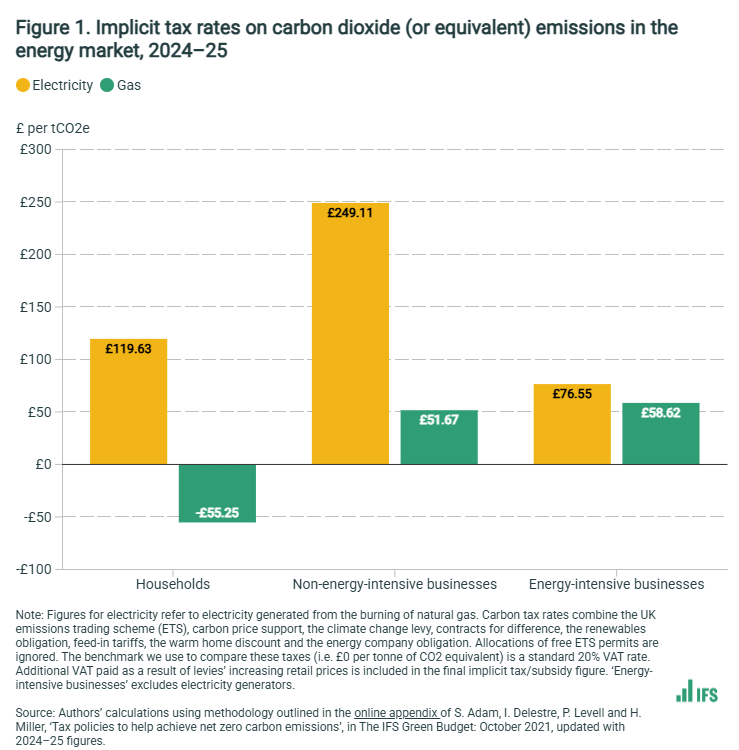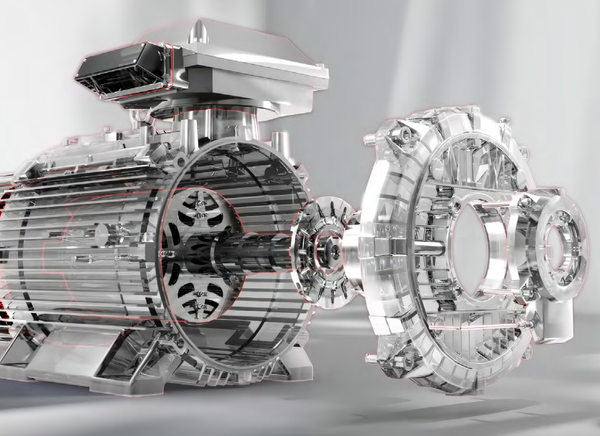A chaotic patchwork of inconsistent incentives
The UK is a carbon pricing pioneer, but it's system of taxes and subsidies makes it more expensive to reach net zero

The UK is a carbon pricing pioneer, but it's system of taxes and subsidies makes it more expensive to reach net zero


Carbon pricing mechanisms cover approximately 10% of the United States emissions including California, Washington State, and a group of ten or so states in the northeast – New York, Massachusetts, and New Hampshire among them. Although the carbon price across these states varies from around $25 to $70 per tonne CO2,

Earlier this year, European electrical engineering company ABB, announced that one of its largest industrial electric motors had set a new world record, achieving an incredible 99.13% efficiency during testing. The previous record of 99.05%, also held by ABB had stood for eight years. This large synchronous electric

Every major climate agreement, from the 1997 Kyoto Protocol to the 2015 Paris Agreement, relies on disparate states voluntarily taking action to reduce their emissions to collectively help tackle climate change. Although a significant improvement on the mechanisms setup under Kyoto, the Paris climate accord does not confer any costs

The European Parliament has voted in favour of cutting net emissions by 90% compared to 1990 levels by 2050, backing an earlier agreement reached by the European Council. The plan also means that starting in 2036, up to 5% of the emission reduction can be achieved through the purchase of